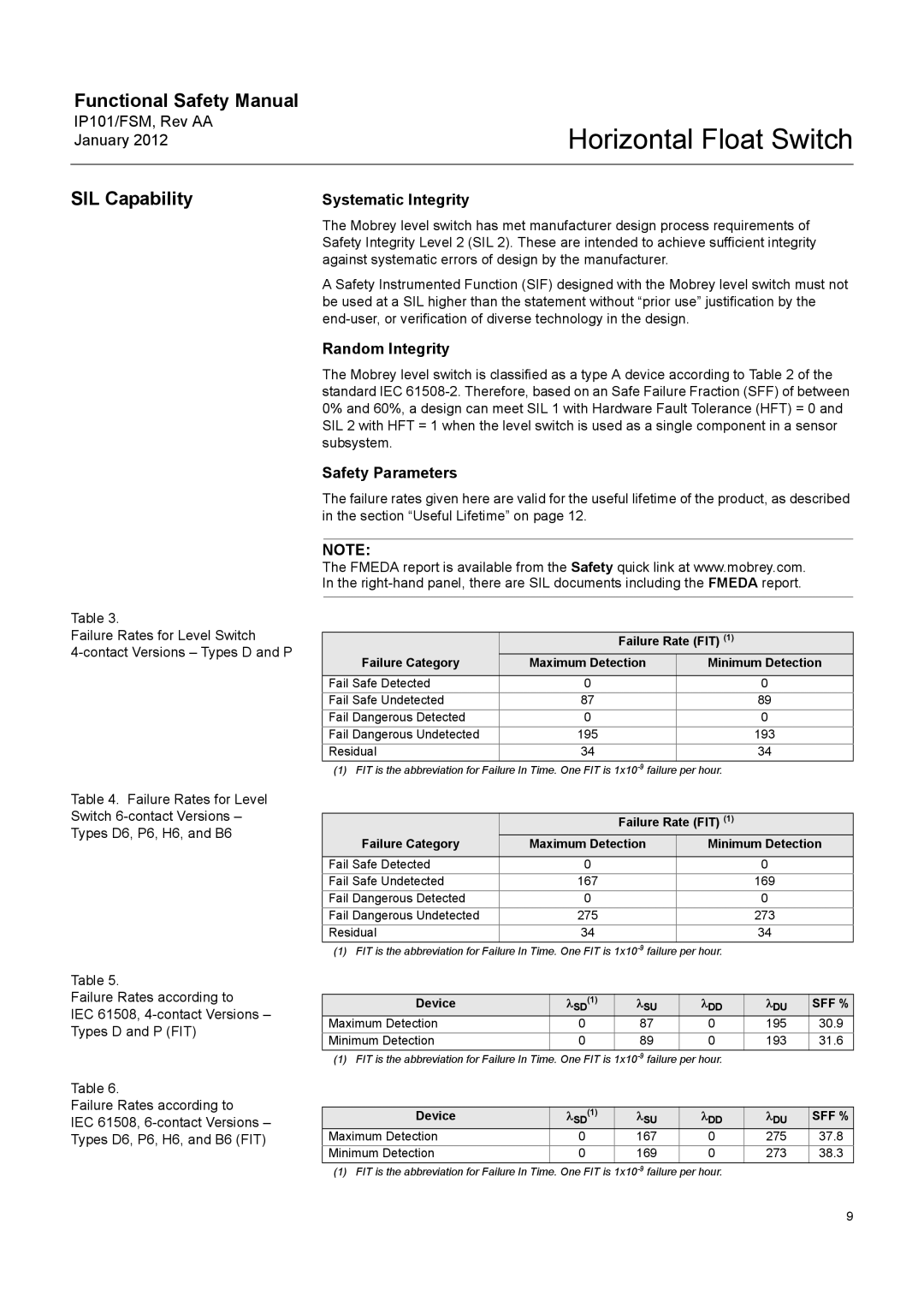Rev AA, M310/FSM specifications
Emerson Process Management's M310/FSM, Rev AA is a sophisticated control and monitoring system designed for industrial applications. This powerful platform integrates advanced functionality and cutting-edge technology to streamline operations, enhance process efficiency, and improve decision-making capabilities in various sectors, including oil and gas, chemicals, and manufacturing.One of the main features of the M310/FSM is its modular architecture, which allows for great flexibility and scalability. This design enables users to expand the system as needed, accommodating both small and large operations. The versatility of the M310/FSM makes it suitable for myriad applications, from process automation to more complex control needs.
The system supports multiple field communication protocols, ensuring compatibility with a wide range of devices and equipment. This feature not only enhances integration capabilities but also improves overall system interoperability. By employing protocols such as HART, Foundation Fieldbus, and PROFIBUS, the M310/FSM can communicate seamlessly with sensors, actuators, and other field devices, providing real-time data crucial for operational insights.
Another notable characteristic of the M310/FSM is its user-friendly interface. The graphical user interface (GUI) simplifies navigation, allowing operators to quickly access relevant information and control functionalities. This ease of use reduces training time and helps operators make informed decisions rapidly, thus enhancing response times during critical processes.
In addition to its robust control and monitoring capabilities, the M310/FSM is equipped with advanced diagnostic features. These diagnostics enable proactive maintenance, allowing users to identify potential issues before they escalate into significant problems. By facilitating predictive maintenance strategies, the M310/FSM helps reduce downtime and associated costs.
The M310/FSM also prioritizes cybersecurity, integrating measures to protect sensitive data and prevent unauthorized access. With the growing importance of cybersecurity in industrial environments, Emerson Process Management has made it a critical facet of system design, ensuring that users can operate with confidence.
Furthermore, the M310/FSM supports various data analytics tools, enabling users to analyze historical and real-time data effectively. This capability enables better decision-making through insights that drive process optimization and continuous improvement initiatives.
In conclusion, Emerson Process Management's M310/FSM, Rev AA stands out as a robust solution designed to meet the diverse needs of modern industrial applications. With its modular design, extensive connectivity options, user-friendly interface, and advanced features, the M310/FSM represents a significant advancement in the field of process management and automation technology. This system empowers organizations to enhance operational efficiency, improve safety, and ensure reliable and responsive control of their processes.

